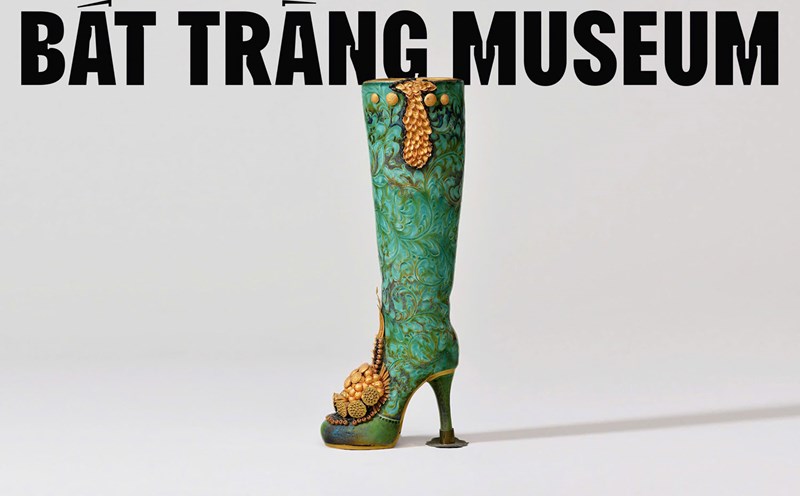However, apart from this provision, most current laws do not have any specific provisions for non-public museums. The requirements and policies for public and private museums are the same.
In the draft Law on Cultural Heritage (amended), private museums are given more attention when they are separated into a chapter with 14 articles, but this "attention" is still largely formal and unclear.
The wording related to the establishment subject is still vague, not easy to determine the exact content and is not consistent with concepts in the Vietnamese legal system such as "Vietnamese individual" and "foreign individual".
In particular, the State's policies on management, protection and promotion of cultural heritage values stipulated in the Law almost do not include preferential policies and incentives for the development of the private museum system. Especially specific policies to encourage and facilitate individuals to practice, research, collect, inventory, technically process, preserve, store and promote the values of the nation's cultural heritage.
This is the main reason why we have so many individuals collecting antiquities nationwide. However, the number of private museums is very modest - just over 70 museums. This means that we are wasting a lot of cultural resources when there are still a large number of antiquities and artifacts with cultural value that are "hidden", have not been promoted, or only a very small number of domestic and foreign audiences have the opportunity to access.
While practice has proven that private museums have been playing an extremely important role in collecting, preserving, and promoting the value of cultural heritage as well as contributing to the formation of indispensable destinations for tourism in many localities.
In order for private museums to promote their value and make positive contributions to preserving and promoting the cultural heritage values of the nation, the Law on Cultural Heritage (amended) needs to supplement specific, practical and specific regulations related to the conditions, procedures, and procedures for establishment and operation... The State's preferential mechanisms and policies for private investment in the cultural and heritage sectors such as land lease, infrastructure construction...
Next, after the Law is issued, the Government and the Ministry of Culture, Sports and Tourism must also issue Decrees and Circulars to specify regulations and policies for localities to apply and implement.
The State calls for socialization and encourages the private sector to establish museums, but lets them "swim on their own" by taking care of all the costs from investment, construction, exhibition organization, preservation of artifacts, welcoming visitors...as has been the case for a long time.
This is an example of a "bottleneck" in the cultural sector!














